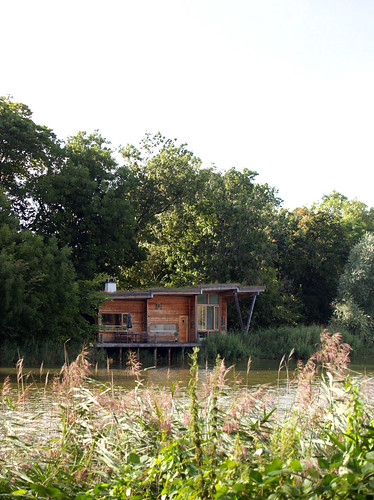As a person and consumer you have the power to do something about climate change. Never forget or think otherwise. Sure you may wonder how much you’ll actually help by replacing your CFLs, recycling etc but in the end all small things path up to something bigger and more meaningful, especially when many join in.
This is part three of a series of posts explaining and giving advice on what you can do to combat climate change from your home, in the store, when you travel and on your spare time. All the things listed are easy to do, some things will take a little longer, but most of them will help save you money (besides all the positive effects on our earth).
Your home is your castle!
 Ban incandescent light bulbs
Ban incandescent light bulbs
Whole countries are lining up to ban incandescent light bulbs and replace them with compact fluorescent light bulbs (CFLs). Maybe your country hasn’t embraced this bright idea yet, but your home can. Switch to low energy efficient light bulbs and help save our environment while you are saving money for yourself.
Choose green energy
If you have the option you should search for a green electricity supplier that can deliver clean and renewable energy. Just be sure that the energy doesn’t come from any nuclear reactors.
Compost and recycle
Today you can recycle everything you consume, from food packages to batteries and old TVs to your old furniture’s and much more. When you have gotten into this thing called recycling you should take the next “big step†and compost your food leftovers. When buying new furniture‘s consider to give away your old furniture’s to friends, relatives or to a charity.
Hot in here?
We usually have it unnecessary hot than we actually need in our apartment. Decreasing the temperature in your home with just one degree lowers the energy usage with around 5%. Put on some clothes or have some fun in the bed with someone instead of increasing the temperature. And when you are away longer periods from your home don’t forget to lower the temperature even more. Here in Scandinavia it’s enough to keep 21 degrees in our living rooms, 18 degrees in the bedroom and around 5-10 degrees in storage spaces and garage.
Fill it!
When doing your dishes or laundry fill everything to the top. Never run half empty dishwashers or washing machines. If you don’t wash the dishes with hot water before, a full dishwasher eats less energy than doing [the dishes] it manually. When doing the laundry use 40 degrees instead of 60 degrees.
Don’t stand-by
Shut off all electric gadgets such as your TV, DVD player etc instead of having it on stand-by mode. Also don’t forget to plug out your chargers when they are not in use.
Low-flow
Install low-flow showerheads and taps in your home. A low-flow showerhead can save up to 50% of your energy usage. Taking a shower is, ordinary, much better than taking a bath.
Old freezer is bad freezer
You can save a lot of energy by replacing your old freezer or/and fridge to a more energy efficient one. Also be sure not to have it to cold in your freezer. Every degree below -18 degrees increases the energy usage with 5%.
Image credit: seier+seier+seier. Image licensed under a
Creative-Commons Attribution license.

Recommended Comments
Join the conversation
You can post now and register later. If you have an account, sign in now to post with your account.